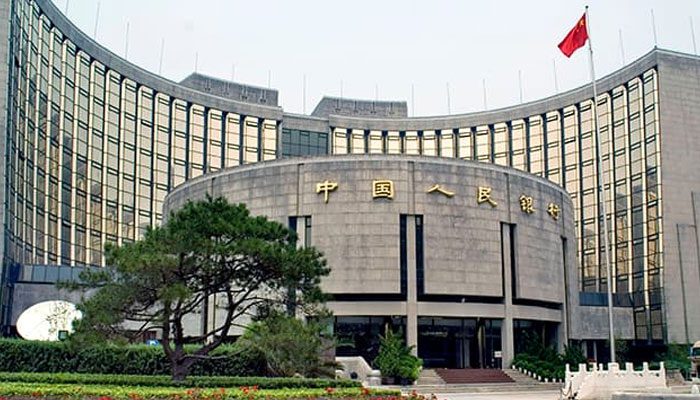For the fourth consecutive month, China held its benchmark lending interest rates steady on December 20, as predicted by the majority of market observers, who still anticipate additional monetary easing to support a faltering economy.
The five-year LPR was maintained at 4.30%, while the one-year LPR was left at 3.65%.
The People’s Bank of China (PBOC) announced last week that it will maintain its one-year medium-term lending facility rate (MLF) at the same level for a fourth consecutive month while also increasing liquidity injections into the banking system. Market observers see MLF announcements as a roadmap for any LPR adjustments.
Following last week’s commitment by senior leaders to concentrate on trying to stabilise the $17 trillion economy in 2023 and ramp up policy adjustments to ensure targets are met, 17 of the 27 market observers surveyed by Reuters predicted no change to either LPR but suggested more easing initiatives were likely already under way.
According to Commerzbank economists, the PBOC will probably lead LPRs lower in the upcoming months, notably the five-year LPR, to boost real estate and longer-term commercial loans.
Recent weeks have seen a number of leaders make commitments to support the economy next year by ensuring adequate financial market liquidity and implementing proactive fiscal policies.
With rates remaining steady, household spending will continue without a rise in disposable income, according to Xing Zhaopeng, senior China strategist at ANZ.
In reference to a gathering of policymakers last week to determine the direction the economy will take in 2023, Xing said, when households significantly reduce their balance sheets, it becomes difficult to enhance usage, and that appears to contradict regulations from the Central Economic Work Conference to prioritise consumption. Markets will now focus on any additional policy actions because the decision to keep the LPRs unchanged was a bit of a surprise, according to Xing.
LPRs are set by 18 recognised commercial banks, which submit recommended rates to the central bank each month. Banks typically charge their best clients with LPRs.
The majority of current loans in China are based on the one-year LPR, whereas mortgage rates are influenced by the five-year rate. The last time China cut both was in August to help the economy.






















